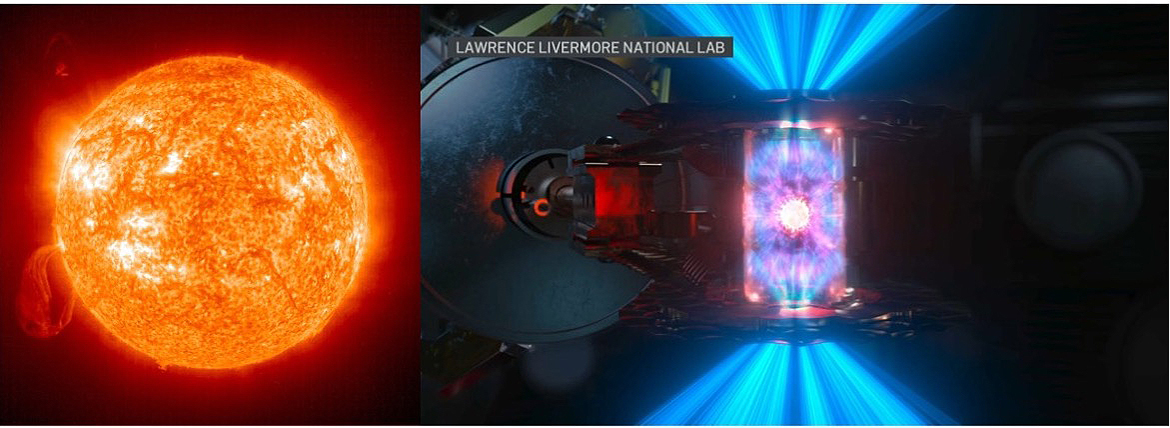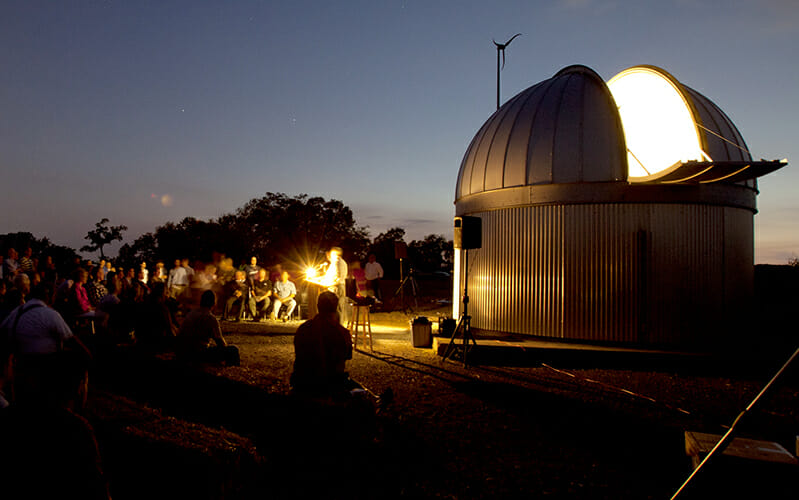The MTSU Department of Physics and Astronomy‘s Friday Star Parties for spring 2023 wrap up Friday, May 5.
Dr. Neda Naseri will bring “The Power of Stars in Our Homes” to the audience starting at 6:30 p.m. in Room 102 of Wiser-Patten Science Hall, 422 Old Main Circle, on the campus of Middle Tennessee State University.

The MTSU Friday Star Parties are free and open to the public, and children are welcome. Free parking is available adjacent to Wiser-Patten.
The event’s format is a 30- to 45-minute lecture followed by a telescope viewing at the MTSU Observatory, weather permitting.

“The power of fusion in stars has long fascinated scientists, who have sought to harness this energy source on Earth as a potential alternative to traditional fossil fuels,” said Naseri, a lecturer in the Department of Physics and Astronomy.
“While there are many challenges to developing a practical fusion power plant, the potential benefits of fusion are enormous, including unlimited and clean energy with minimal waste and no greenhouse gas emissions.”
Naseri added that the National Ignition Facility, or NIF, in the United States has made a significant breakthrough in the field of fusion energy. In August 2021, the NIF announced it had achieved a new record in fusion energy output, reaching 1.35 megajoules of energy from a fusion reaction.
The U.S. Department of Energy says fusion energy science is a multidisciplinary field focused on the science needed to develop an energy source based on a controlled thermonuclear fusion reaction. Fusion occurs when two nuclei combine to form a new nucleus, a process that occurs in the sun and other stars.
“I will talk about fusion process in stars like our own sun, what we need to achieve fusion on Earth and how NIF could finally achieve this breakthrough,” Naseri said. “This breakthrough is significant because it marks the first time a fusion reaction has produced more energy than was used to initiate the reaction, a milestone known as ignition.”
For more information about the Department of Physics and Astronomy, one of 11 College of Basic and Applied Sciences departments, call 615-898-2130.
— Randy Weiler (Randy.Weiler@mtsu.edu)



COMMENTS ARE OFF THIS POST